KISS Trading Strategy
Keep It Super Simple
There are so many variables when it comes to trading, so keeping it simple is key to long term success in the markets. Once you have established and practiced the KISS Trading Strategy then you can start to introduce other variables.
KISS = Technical Analysis + Market Driver + Capital Management + Trade Execution
Technical Analysis.
If you havnt heard this before then you have heard it now The Trend Is Your Friend.
This determines if you are a buyer, a seller or you just sit on your hands.
- UP Trend
- DOWN Trend
- NO Trend
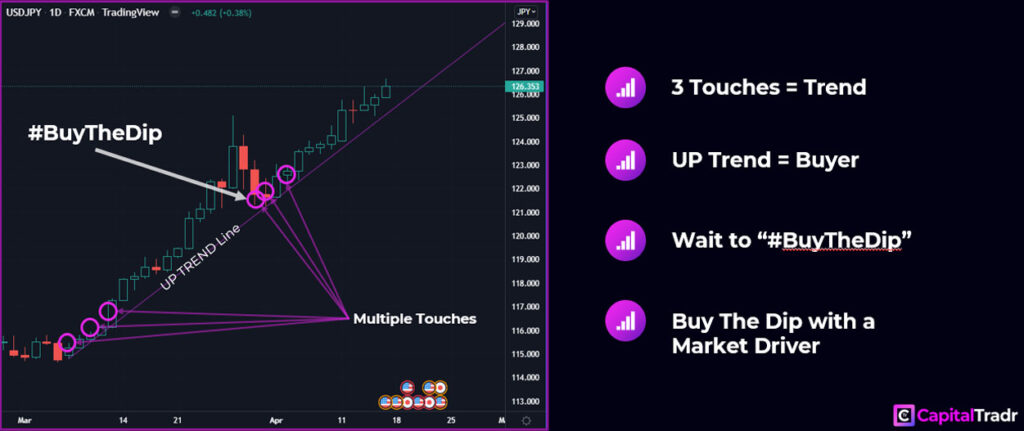
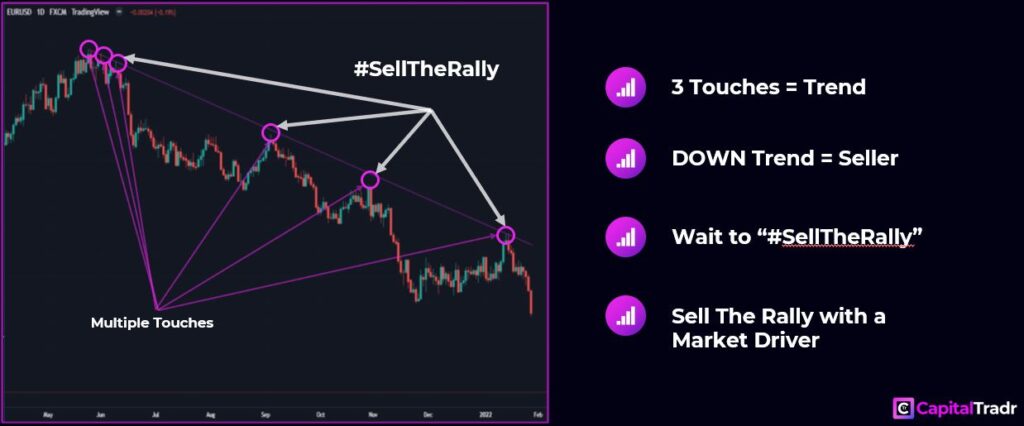
When there neither an up trend or a down trend then the market is undecided and is moving sideways. In this case you should stay out of the market and wait for the easy trend trade.
Market Driver.
The markets move because of ‘Cause and Effect’. The cause of the move is known as the market driver.
There are several market drivers that can impact the financial markets. Here are some of the key factors:
Economic indicators: Economic data such as GDP, employment rates, inflation, and interest rates can have a significant impact on financial markets.
Company earnings: The earnings reports of individual companies can impact their stock prices, which in turn can impact the broader stock market.
Government policies: Government policies, such as tax rates, trade policies, and monetary policy, can impact financial markets.
Geopolitical events: Political and geopolitical events, such as elections, wars, and natural disasters, can also impact financial markets.
Investor sentiment: The mood and behavior of investors can also drive financial markets. If investors are optimistic about the future, they may buy more stocks and drive up prices, while if they are pessimistic, they may sell and drive down prices.
Technological advances: Advances in technology can impact financial markets, such as the rise of fintech companies and the increasing use of electronic trading platforms.
Overall, the financial markets are complex and can be influenced by a variety of factors. Understanding these market drivers and how they interact with each other is essential for making informed investment decisions.
Risk Management.
CFDs (Contracts for Difference) are complex financial instruments that carry a high level of risk. Therefore, having a good risk management process is essential when trading CFDs. Here are some key steps to consider:
Set realistic goals and limits: Before you start trading, define your trading goals and limits, such as your desired return on investment, maximum loss, and the number of trades you will make.
Use stop-loss orders: Use stop-loss orders to limit your losses in case the market moves against your position. This will help you manage your risk and prevent excessive losses.
Diversify your portfolio: Avoid putting all your funds into one trade or asset class. Diversify your portfolio to spread your risk across different markets and asset classes.
Monitor market volatility: Stay up-to-date on market news and events that could affect the price of the CFDs you are trading. This will help you adjust your trading strategy accordingly.
Manage leverage: CFDs are highly leveraged, meaning you can trade with a small amount of capital to control a much larger position. However, this also means that losses can be magnified. Use leverage judiciously and avoid over-trading.
Keep a trading journal: Keep a record of your trades, including your entry and exit points, the reason for the trade, and your profit or loss. This will help you identify patterns and improve your trading strategy over time.
Overall, a good risk management process for trading CFDs involves setting realistic goals and limits, using stop-loss orders, diversifying your portfolio, monitoring market volatility, managing leverage, and keeping a trading journal. By following these steps, you can minimize your risk and maximize your chances of success when trading CFDs.
Trade Execution.
There are several methods of trade execution that investors and traders can use to buy and sell assets on financial markets. Here are some of the most common methods:
Market orders: A market order is an instruction to buy or sell an asset at the prevailing market price. Market orders are executed immediately, but the price at which the trade is executed may differ slightly from the quoted price due to market fluctuations.
Limit orders: A limit order is an instruction to buy or sell an asset at a specific price or better. For example, a buy limit order specifies the maximum price the investor is willing to pay, while a sell limit order specifies the minimum price the investor is willing to accept. Limit orders are not executed until the market reaches the specified price.
Stop orders: A stop order is an instruction to buy or sell an asset at a specified price or worse. For example, a buy stop order is triggered when the market price reaches or exceeds the specified price, while a sell stop order is triggered when the market price falls to or below the specified price.
Stop-limit orders: A stop-limit order is a combination of a stop order and a limit order. It is triggered when the market reaches a specified price, but the trade is executed at a specified limit price or better. Stop-limit orders are designed to protect investors from large losses in volatile markets.
Trailing stop orders: A trailing stop order is a type of stop order that is set at a certain percentage or dollar amount below the market price for a long position or above the market price for a short position. The stop price trails the market price by a specified percentage or amount, allowing traders to capture profits while limiting potential losses.
Algorithmic trading: Algorithmic trading involves the use of computer programs to execute trades automatically based on pre-set rules and criteria. Algorithmic trading can be used for high-frequency trading and to take advantage of market inefficiencies.
Overall, the choice of trade execution method will depend on the investor’s objectives, risk tolerance, and trading strategy. By understanding the different methods of trade execution, investors can make informed decisions and manage their risk effectively
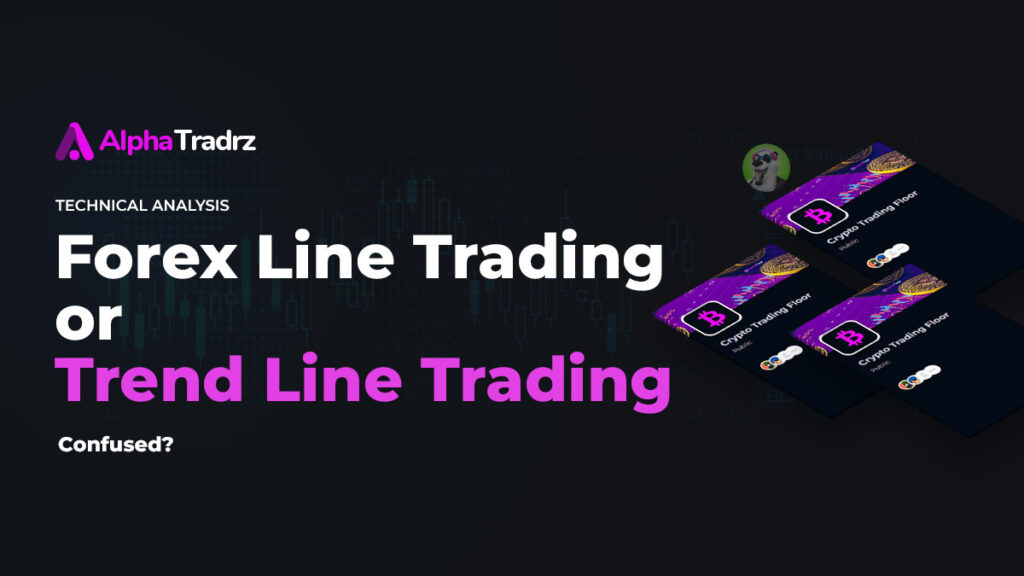
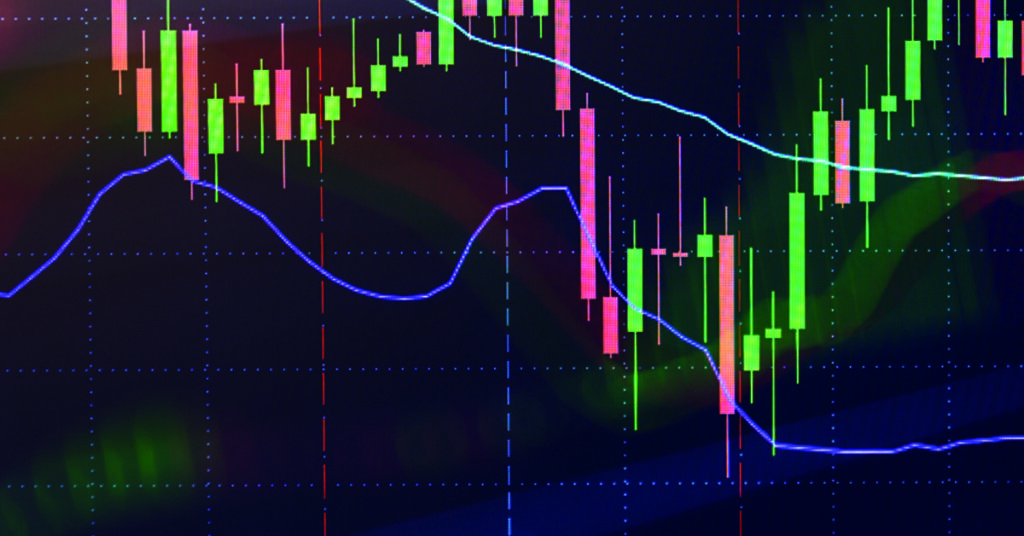
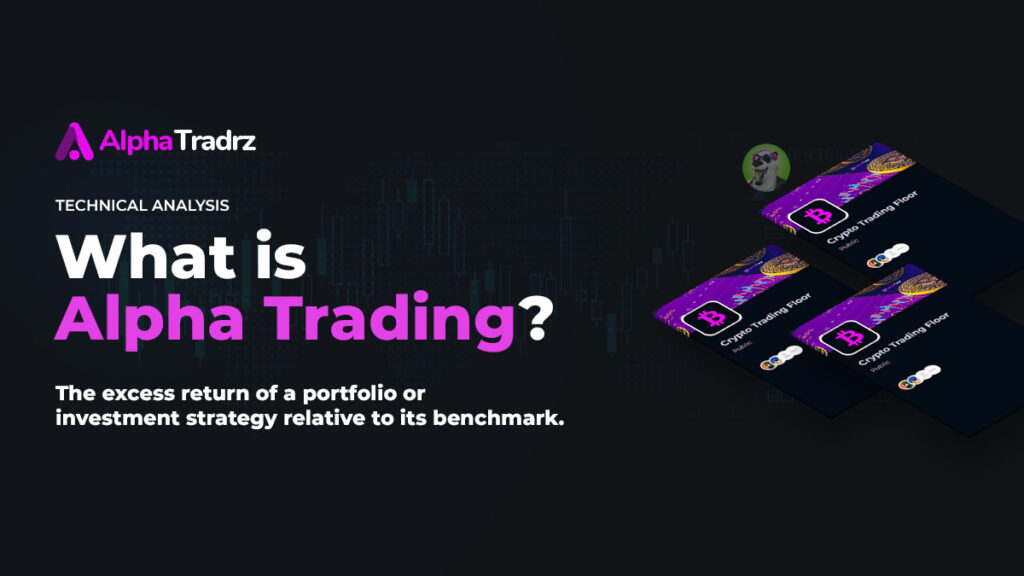
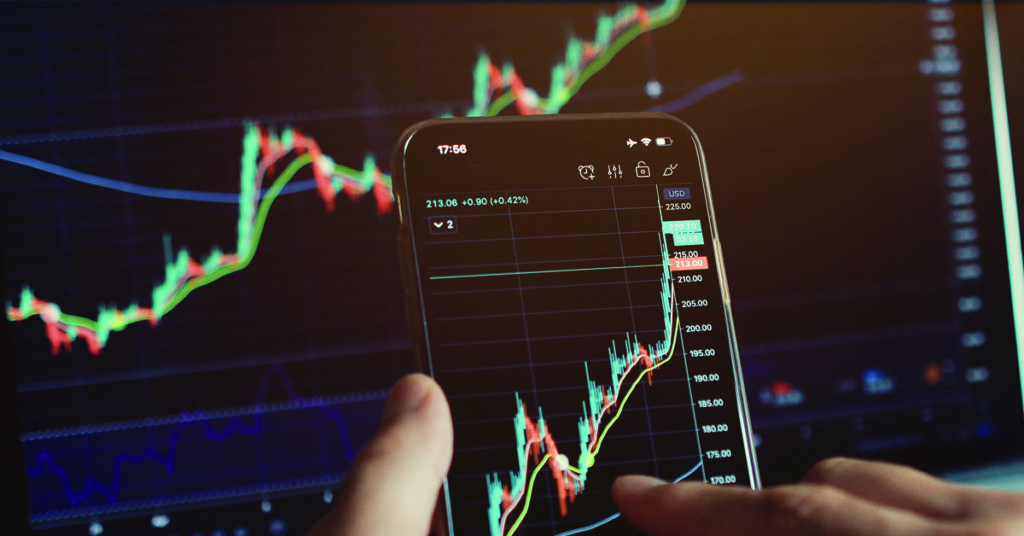

Responses